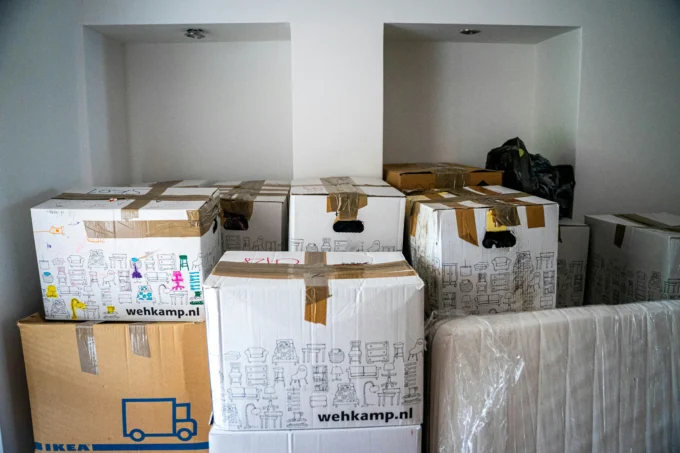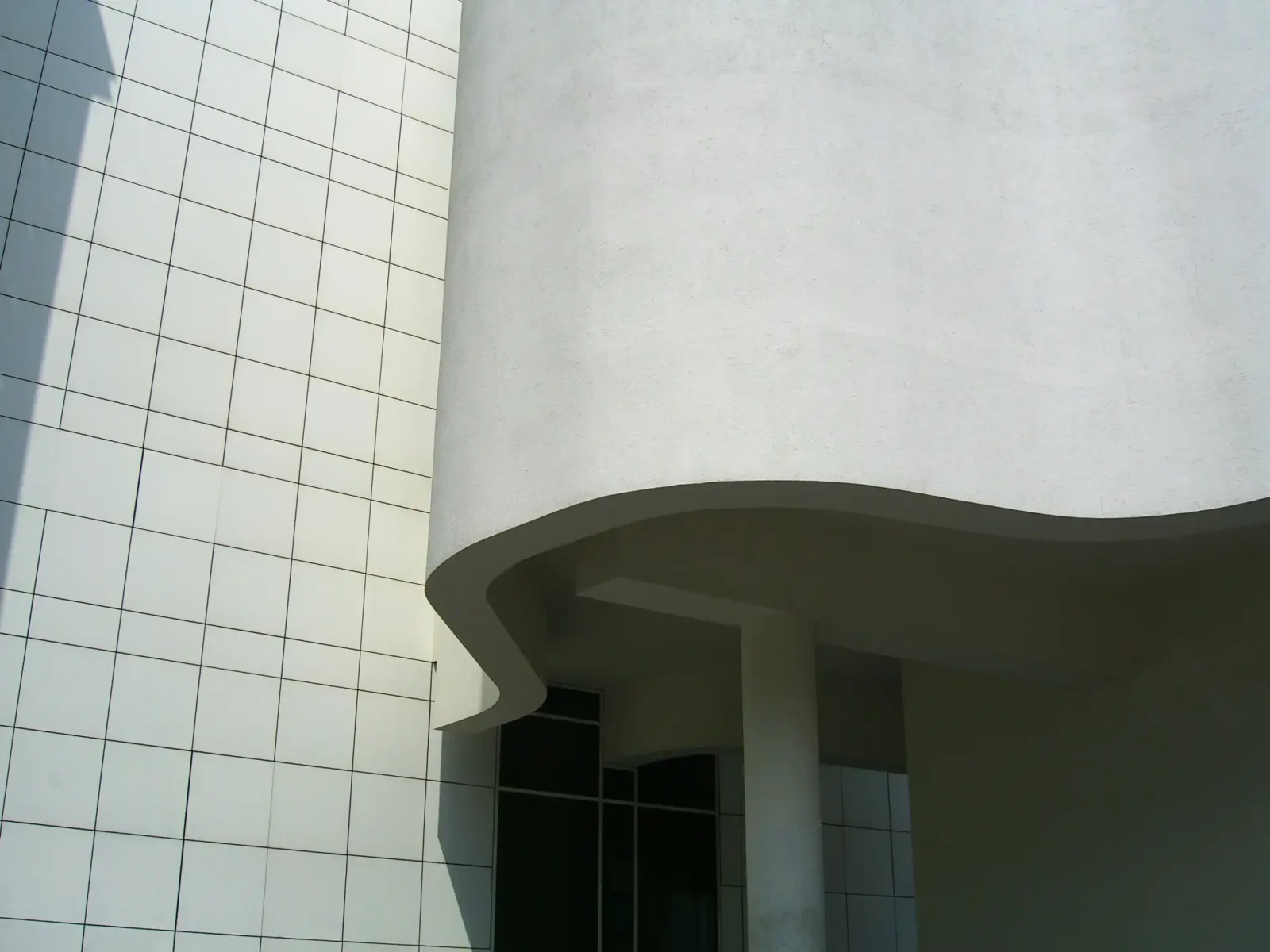- Home
- Articles
- Architectural Portfolio
- Architectral Presentation
- Inspirational Stories
- Architecture News
- Visualization
- BIM Industry
- Facade Design
- Parametric Design
- Career
- Landscape Architecture
- Construction
- Artificial Intelligence
- Sketching
- Design Softwares
- Diagrams
- Writing
- Architectural Tips
- Sustainability
- Courses
- Concept
- Technology
- History & Heritage
- Future of Architecture
- Guides & How-To
- Art & Culture
- Projects
- Interior Design
- Competitions
- Jobs
- Store
- Tools
- More
- Home
- Articles
- Architectural Portfolio
- Architectral Presentation
- Inspirational Stories
- Architecture News
- Visualization
- BIM Industry
- Facade Design
- Parametric Design
- Career
- Landscape Architecture
- Construction
- Artificial Intelligence
- Sketching
- Design Softwares
- Diagrams
- Writing
- Architectural Tips
- Sustainability
- Courses
- Concept
- Technology
- History & Heritage
- Future of Architecture
- Guides & How-To
- Art & Culture
- Projects
- Interior Design
- Competitions
- Jobs
- Store
- Tools
- More
Designing Across Borders: How Global Teams Stay Connected

The ability to collaborate globally isn’t just a bonus, it’s a business necessity. From product development to branding to user experience design, teams spread across continents must work together seamlessly. For creative departments and agencies operating in multiple time zones, staying connected is about more than having a stable internet connection. It’s about syncing workflows, maintaining culture, and preserving design integrity across borders.
Global collaboration has become the norm in industries ranging from software development to industrial design. But it brings with it an array of challenges: communication lags, inconsistent file versions, cultural misunderstandings, and security concerns. Design teams, in particular, need to maintain a delicate balance between structure and flexibility to achieve results while preserving creative freedom.
Table of Contents
ToggleSmart Networks Are the Backbone of Seamless Workflows
Latency, packet loss, and bandwidth bottlenecks aren’t just IT concerns, they can disrupt creative momentum and productivity across a global design team. When teams rely on large design files, real-time collaboration, and version-controlled assets, traditional network architectures fall short. Many organizations are now turning to GTT and other managed SD-WAN services to support these intensive demands. SD-WAN offers dynamic routing, bandwidth optimization, and traffic prioritization, ensuring that even remote or offshore teams have the same high-performance access as those at headquarters.
These intelligent networks adapt in real-time, ensuring smooth video calls, uninterrupted cloud syncs, and rapid loading of design platforms like Figma, Adobe Creative Cloud, or Sketch. As design increasingly moves to the cloud, having a responsive, secure, and intelligent network becomes a competitive advantage, not just a technical upgrade.

Centralizing the Creative Stack
A major challenge for global teams is software sprawl. With different offices favoring different tools or platforms, cross-border collaboration can quickly become messy. Centralizing the creative tech stack is a vital step toward seamless communication.
Cloud-based platforms like Figma and Miro allow multiple designers to work simultaneously in shared spaces, removing version control headaches. Using cloud storage solutions like Google Drive, Dropbox Business, or SharePoint ensures that assets are universally accessible while remaining secure. A clear policy on file naming, asset organization, and update protocols helps avoid confusion and duplicated work.
Standardization enables faster onboarding of new team members, regardless of location, and helps maintain a consistent design language across all regions.
Overcoming Time Zone Differences With Asynchronous Design
Creative inspiration doesn’t always follow a 9-to-5 schedule, and when your design team spans the globe, managing time zone differences can be one of the trickiest aspects of collaboration. While overlapping hours for live calls are still important, embracing asynchronous workflows allows for uninterrupted progress.
Tools like Loom, Slack, and project management platforms such as Asana or Trello give teams the flexibility to share feedback, request revisions, and document ideas without requiring everyone to be online at the same time. Video recordings, annotated screenshots, and timestamped comments allow ideas to be exchanged thoughtfully and without rush.
The key is to establish expectations for response times, task visibility, and file availability. A well-structured asynchronous process respects different working hours and reduces stress and increases creative quality.
Emphasizing Cross-Cultural Design Sensitivity
Design is not a one-size-fits-all endeavor. Colors, symbols, typography, and even whitespace carry different meanings in different cultures. When teams operate across geographic and cultural borders, sensitivity to these nuances becomes crucial.
Encouraging local design input helps ensure that global campaigns resonate with regional audiences. Rather than enforcing a rigid design system, savvy organizations create adaptable frameworks, guidelines that allow for regional customization while preserving brand integrity.
Regular workshops, cultural exchange sessions, and feedback loops with in-market team members help bridge gaps and prevent tone-deaf or ineffective designs. The result is a more inclusive, globally resonant brand identity.

Maintaining Design Consistency With Style Libraries
As creative teams expand across multiple regions and time zones, maintaining consistency in design execution becomes increasingly complex. Discrepancies in branding, such as misaligned color palettes, outdated logos, mismatched fonts, or inconsistent UI elements, can quickly undermine a company’s professional image. Even minor deviations, if repeated across campaigns or platforms, can dilute brand recognition and erode user trust.
To address this, global design departments rely heavily on centralized style libraries and design systems. These shared repositories are more than just folders filled with assets, they represent the visual DNA of the brand. They include everything from grid systems and iconography to animations, spacing rules, typography guidelines, and tone-of-voice documentation. Cloud-based platforms make it possible to host these resources in one accessible location, ensuring that all contributors, regardless of geography, are working from the same design blueprint.
Cloud tools such as Zeroheight, Adobe Creative Cloud Libraries, Figma’s Team Libraries, and Storybook for front-end developers allow teams to sync changes in real time. When a logo update or typography tweak is made at headquarters, it’s instantly reflected in the system-wide asset library.
Designing across borders isn’t just about sharing files, it’s about building infrastructure, culture, and workflows that transcend geography. With the right mix of smart technology, thoughtful process, and cultural understanding, global design teams can do more than stay connected, they can innovate, inspire, and lead from anywhere in the world.
illustrarch is your daily dose of architecture. Leading community designed for all lovers of illustration and #drawing.
Submit your architectural projects
Follow these steps for submission your project. Submission FormLatest Posts
The Ultimate Guide to Fencing in North Dakota: Choosing the Best Fence for Your Property
Watching a chain link fence twist in 70 mph winds near Minot...
Gaudí: Where Architecture Meets Science
Gaudí: Where Architecture Meets Science shows catenary arches, ruled surfaces, and biomimicry...
How Housing Market Forces Shape Architectural Design Today
Architecture never exists in isolation. Buildings rise from a mix of ambition,...
Why Portable Formaldehyde Gas Detectors Matter on Construction Sites
As construction practices shift toward more enclosed and material-intensive environments, the risk...












Leave a comment